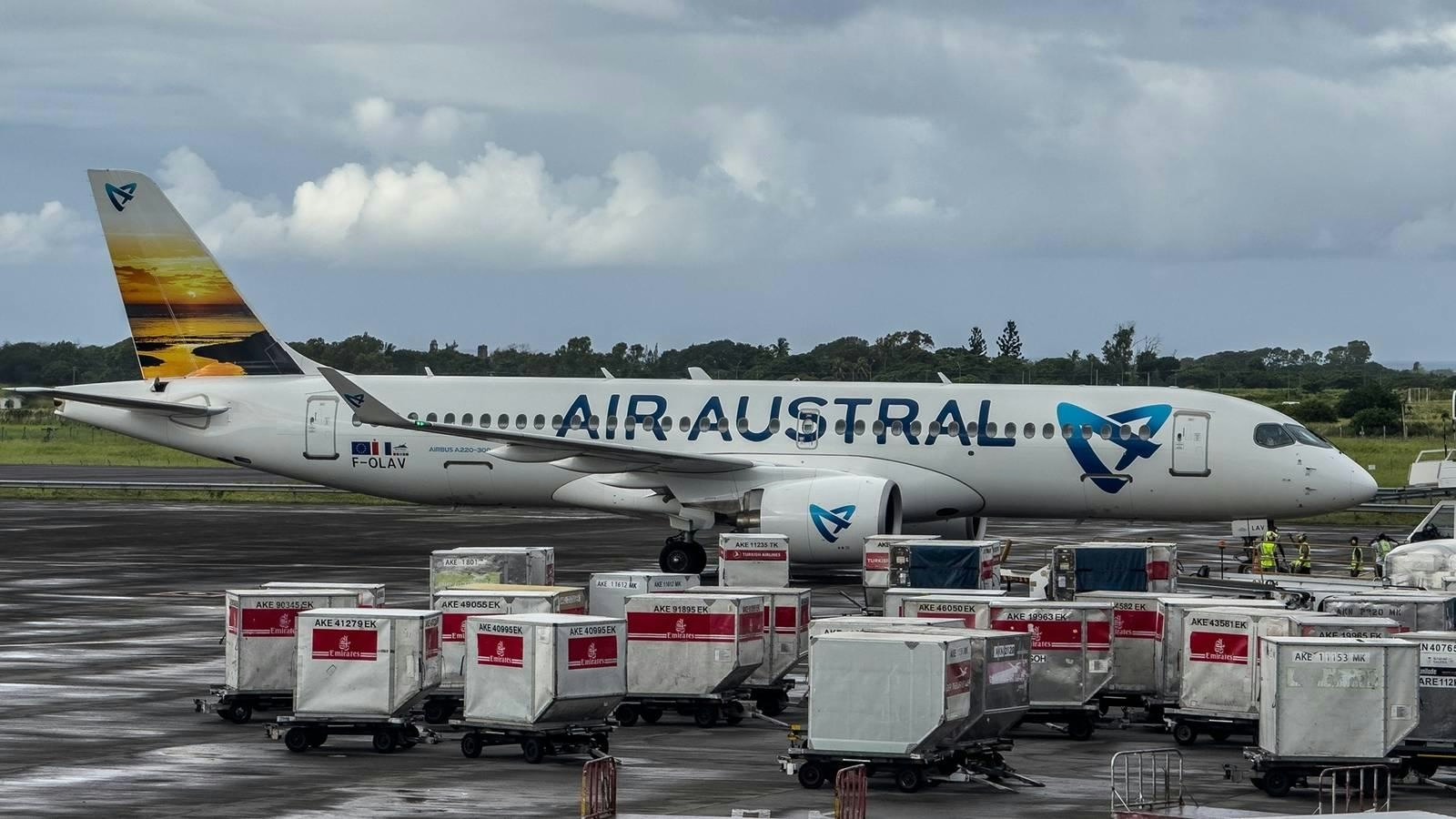
AeroGenie — Votre copilote intelligent.
Tendances
Categories
United Airlines Experiences Aircraft Delays
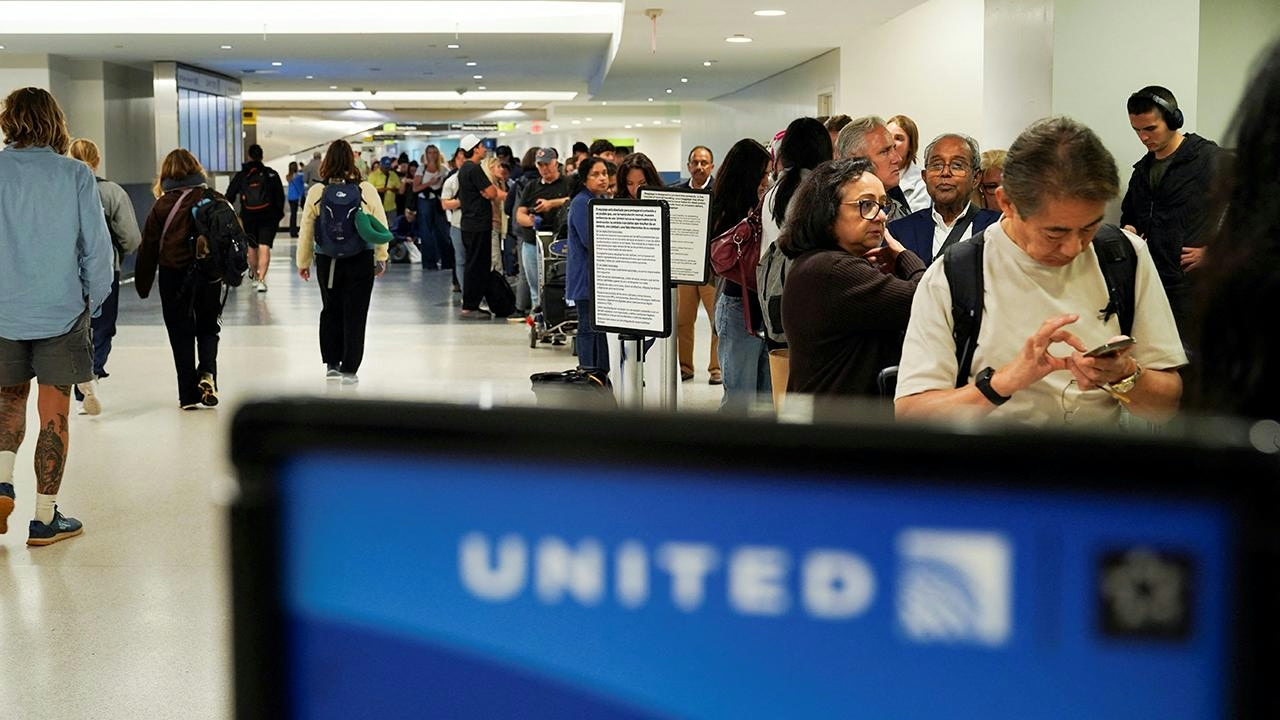
United Airlines Faces Persistent Aircraft Delivery Delays Amid Industry Challenges
United Airlines continues to confront significant delays in aircraft deliveries, a situation reflective of broader disruptions within the aviation sector. During its third-quarter earnings call, the airline expressed cautious optimism, highlighting improvements in Boeing’s production of single-aisle aircraft. United noted that Boeing is “finally getting its act together,” leading the carrier to anticipate receiving more aircraft than previously expected. This positive trend is projected to continue into 2026 and 2027, offering some relief to United’s fleet expansion plans.
Production Increases and Ongoing Supply Chain Issues
The Federal Aviation Administration’s recent decision to raise the production cap for Boeing’s 737 MAX jets from 38 to 42 units per month marks a significant development. This increase is expected to further alleviate the backlog that has constrained airlines’ ability to modernize and grow their fleets. Despite this progress, United’s challenges extend beyond narrowbody aircraft. The airline is still experiencing delays in acquiring new widebody jets, a reflection of persistent supply chain disruptions affecting the entire industry.
Analysts estimate that these disruptions could impose costs exceeding $11 billion in 2025 alone. Compounding these difficulties are operational setbacks, including severe weather events and technological issues such as the FAA’s recent ground stop affecting United flights nationwide. These factors continue to complicate airline operations and fleet management strategies.
Strategic Growth Amid Uncertainty
In response to these challenges, United is advancing its growth initiatives. The airline plans to hire over 2,000 new pilots and 3,200 flight attendants in 2026, a move driven by overwhelming interest, with nearly 30,000 applications received within days. United is also preparing for a significant fleet transition, confirming the retirement of its Airbus A319 and A320 aircraft by 2030. Central to this strategy is the A321neo, which is expected to reach “critical mass” within the fleet by 2027, thereby accelerating domestic capacity growth due to its increasing availability.
United’s experience mirrors the wider industry landscape, where carriers face delayed aircraft deliveries and certification challenges, particularly concerning the remaining 737 MAX jets. While United and others have struggled, competitors such as Delta Air Lines have demonstrated resilience, reporting strong financial results despite similar obstacles. The aviation sector continues to navigate a complex environment shaped by supply chain constraints, regulatory hurdles, and unpredictable weather.
Looking forward, United’s leadership is focused on carefully evaluating fleet strategy as the airline progresses through the fourth quarter. CEO Scott Kirby has underscored the importance of these decisions, especially as the introduction of new aircraft types adds complexity to operations. United remains cautiously optimistic that recent improvements in aircraft production and recruitment efforts will contribute to a more stable and profitable future.

TechPreneur and ZT1 Launch AI-Optimized Electrification Platform for Aviation and Energy
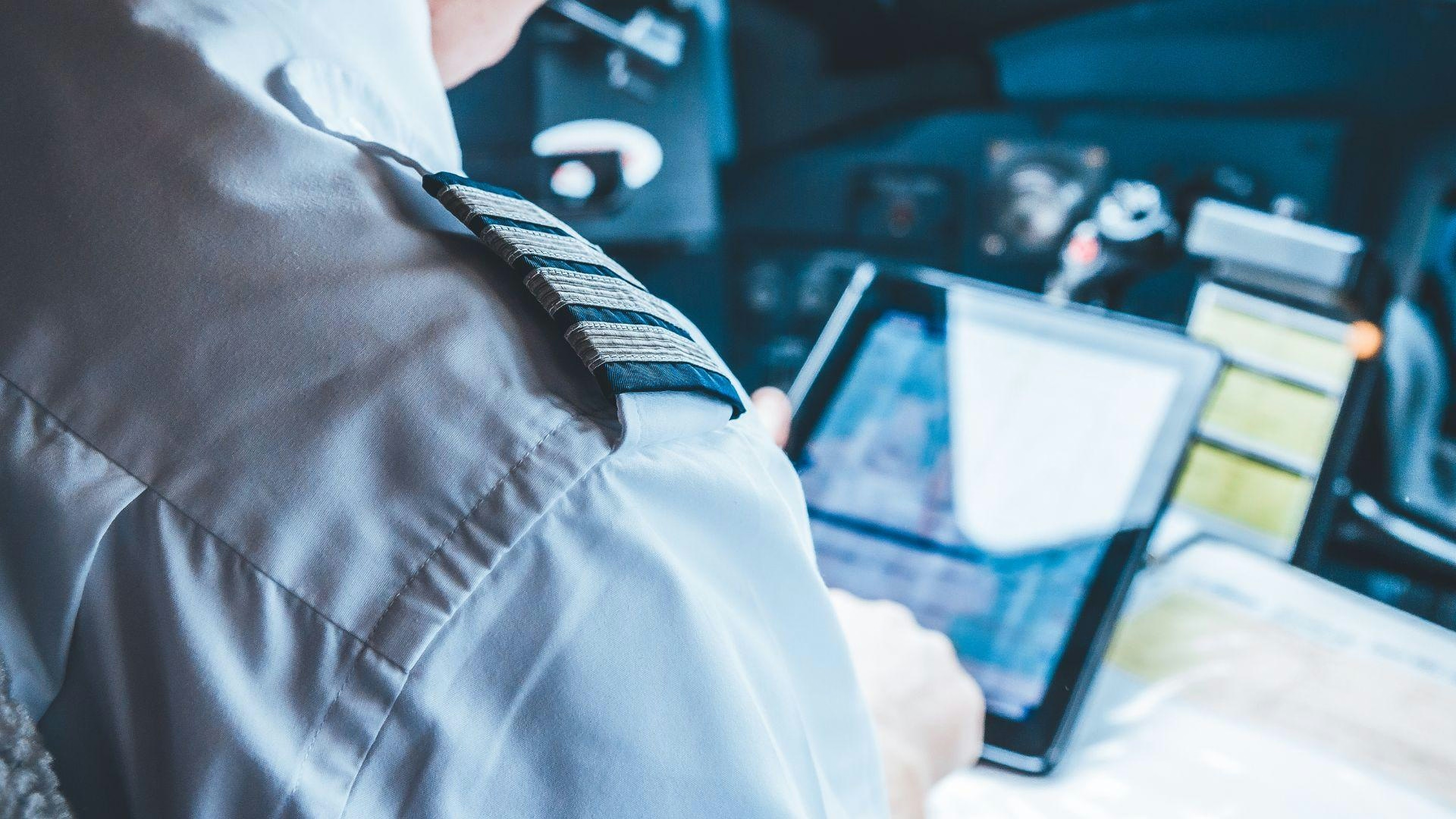
Web Manuals simplifies AI adoption for business aviation
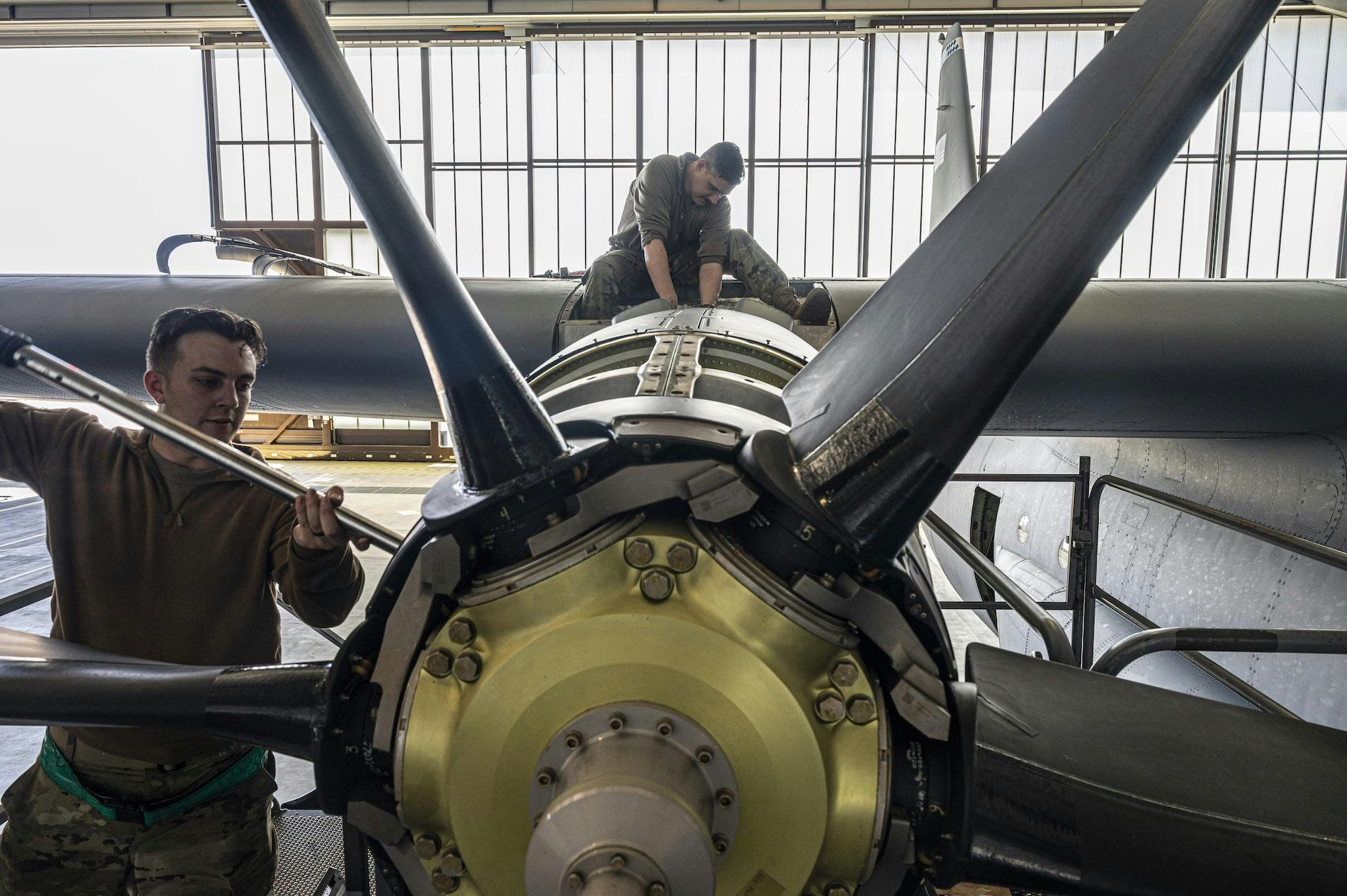
Predictive Maintenance and Its Impact on Aerospace and Defense
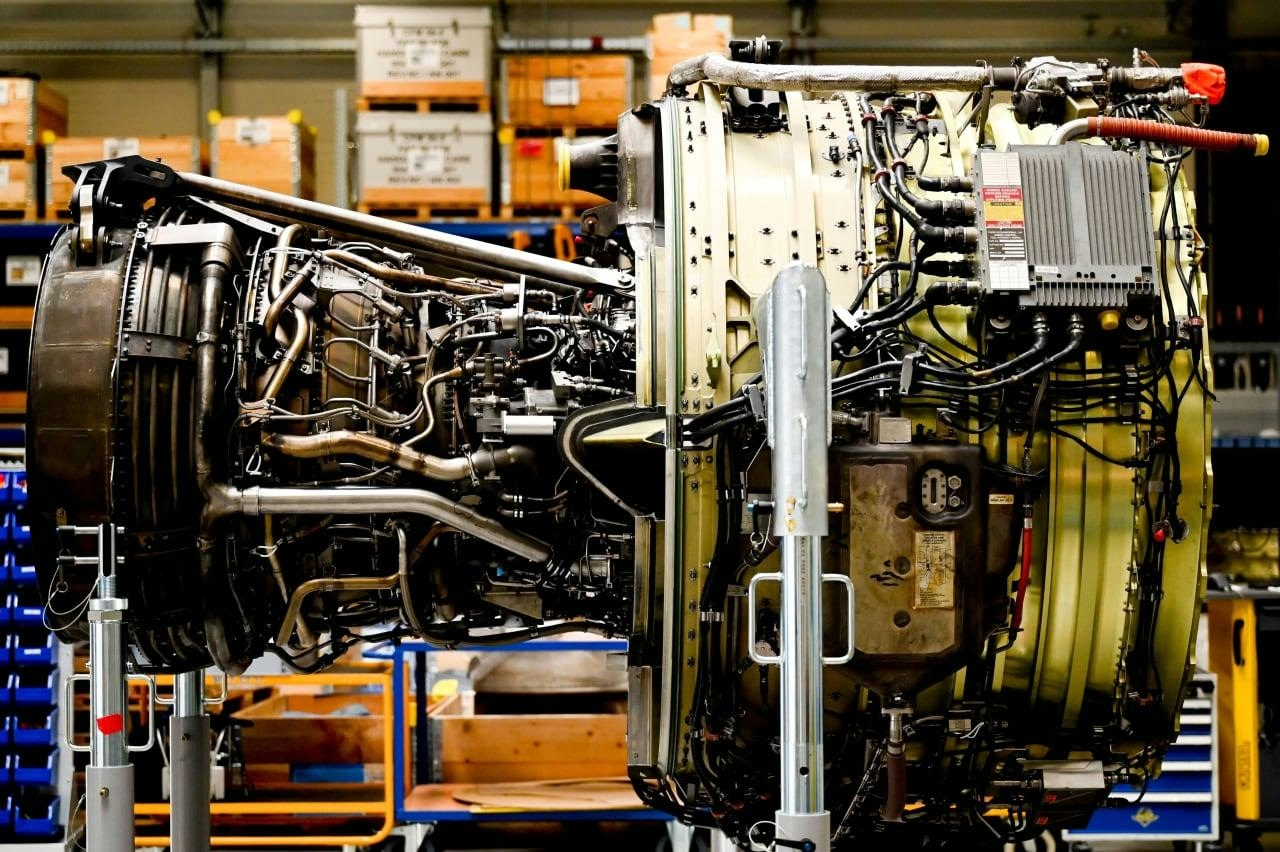
Engine Shortages Ground New Aircraft Production

Wright International partners with Fiji Airways to expand in North America

Embraer and Mahindra Partner on India’s Defense Initiatives
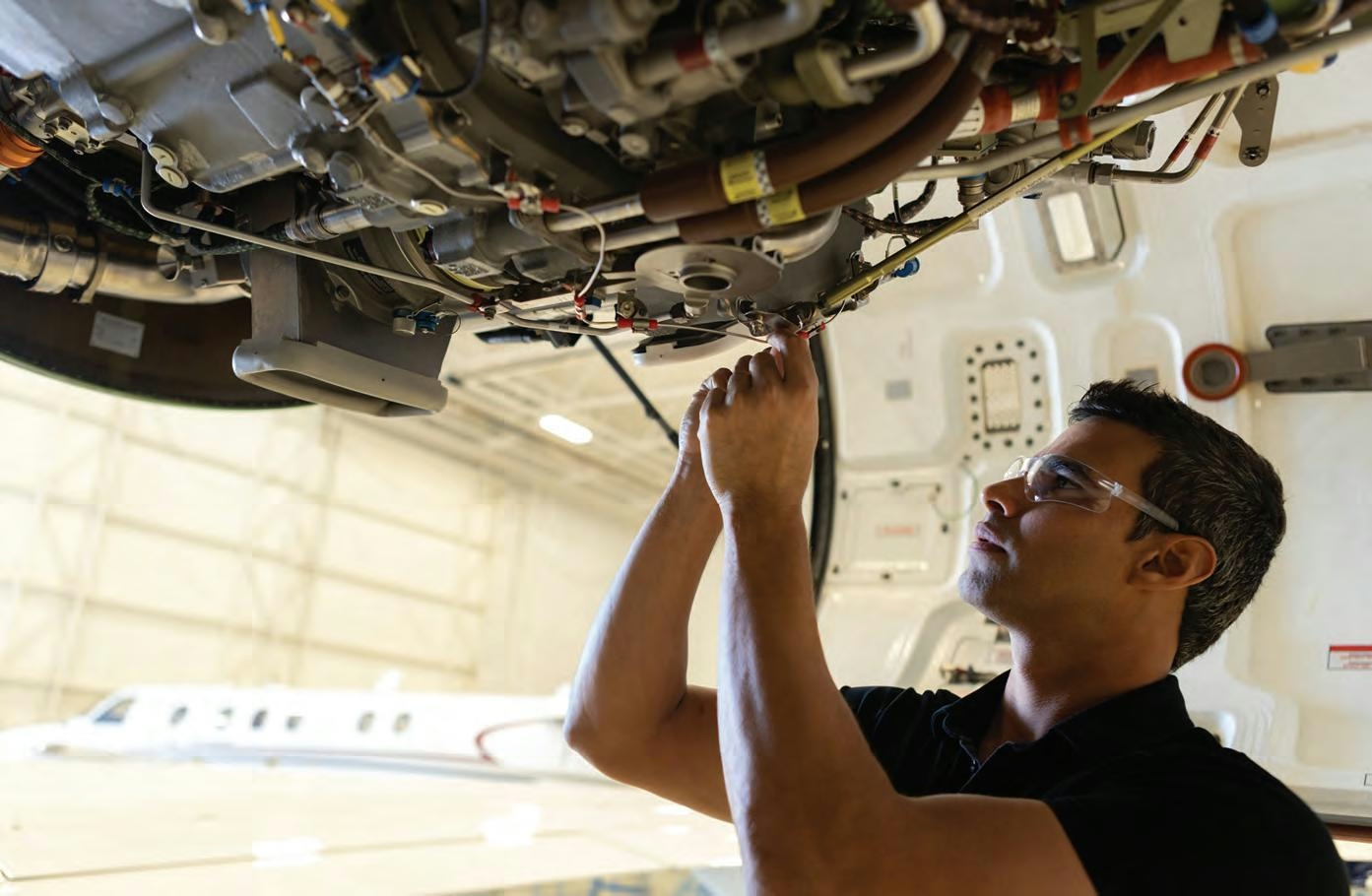
Gen Z Technician Earns Over $100,000 Repairing Plane Engines After 21 Months of Training
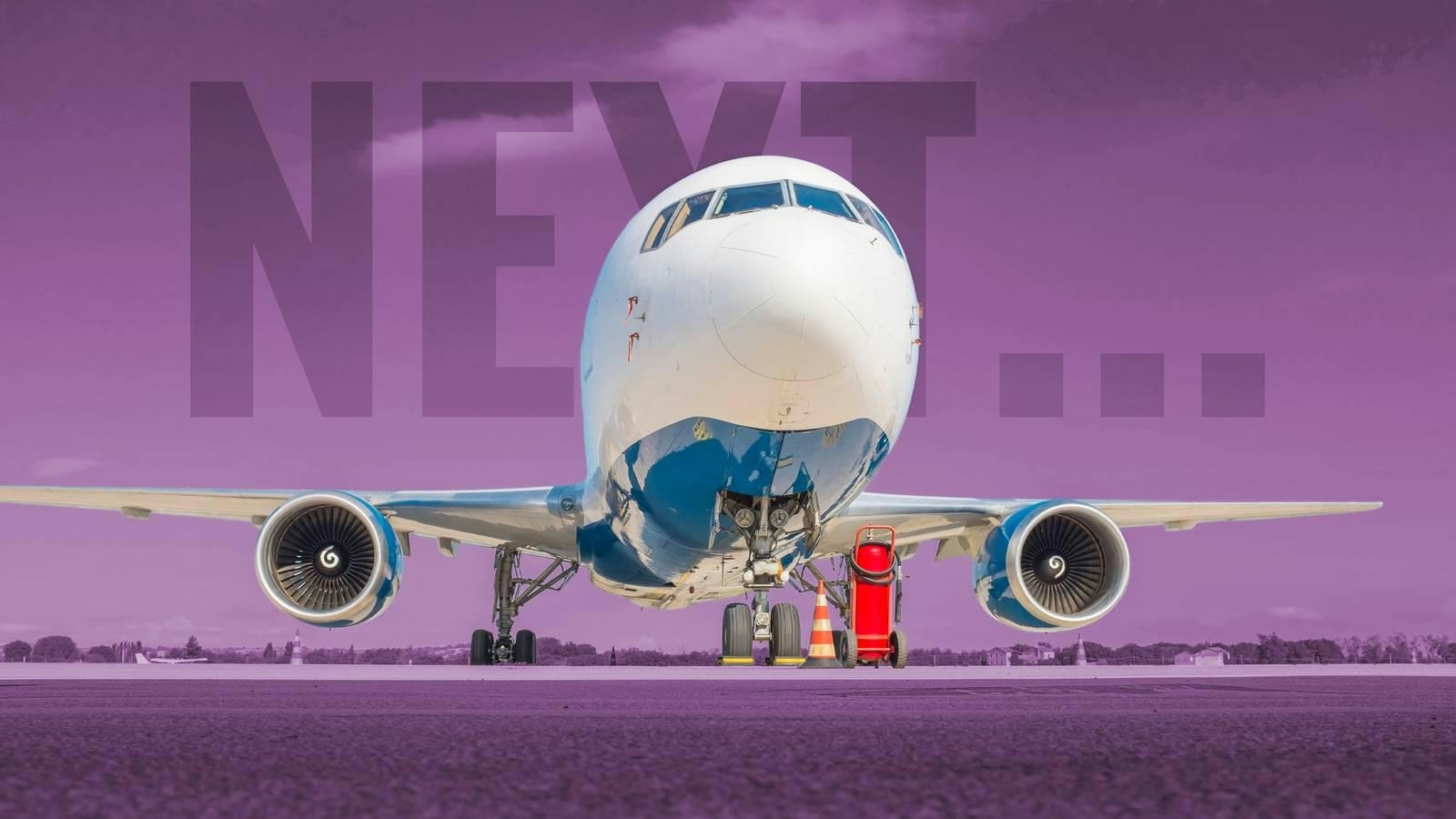
The Aircraft Poised to Replace the Boeing 767
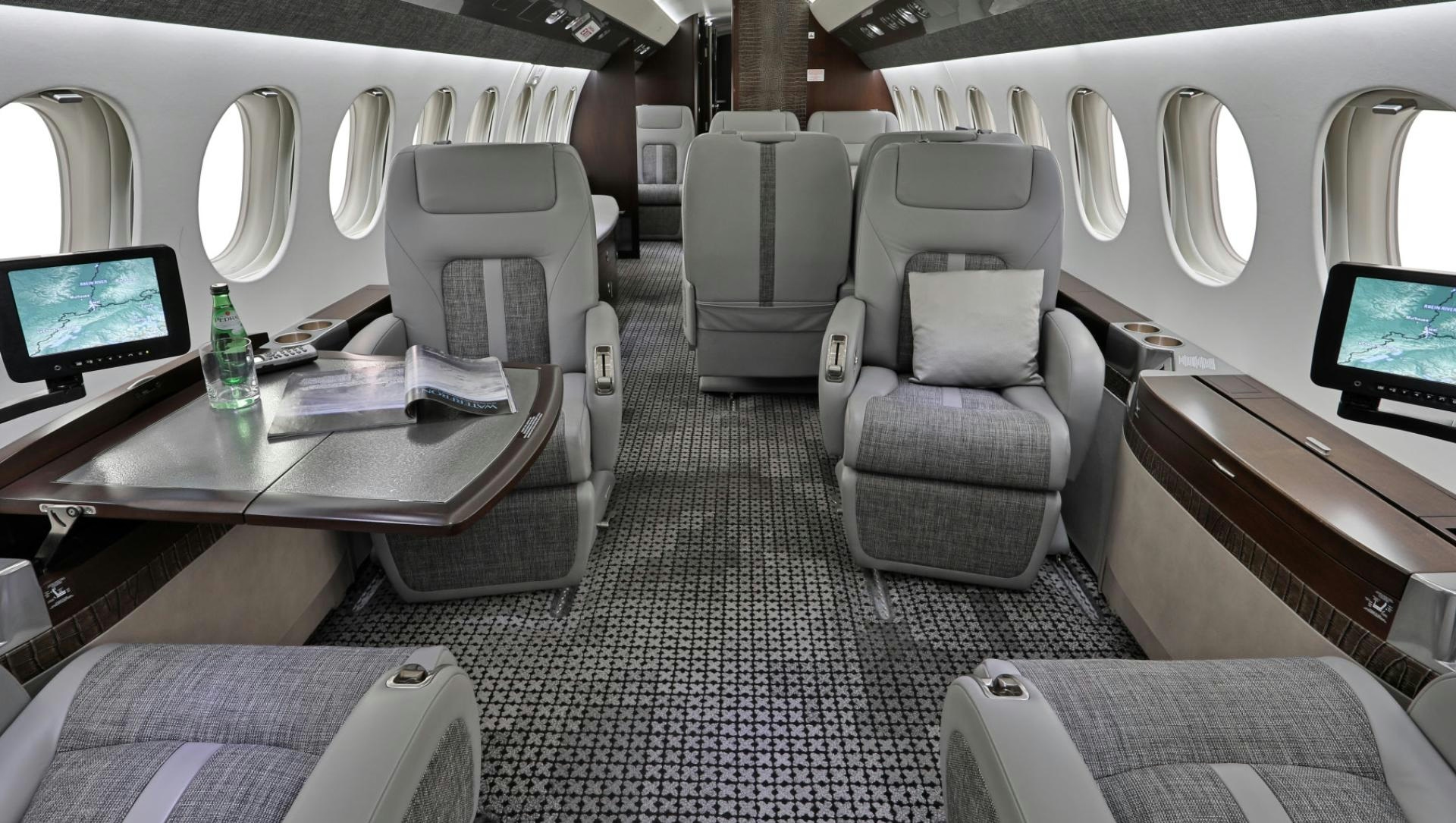
FlyHouse to Acquire Sun Air Jets, Expanding Private Aviation Services
